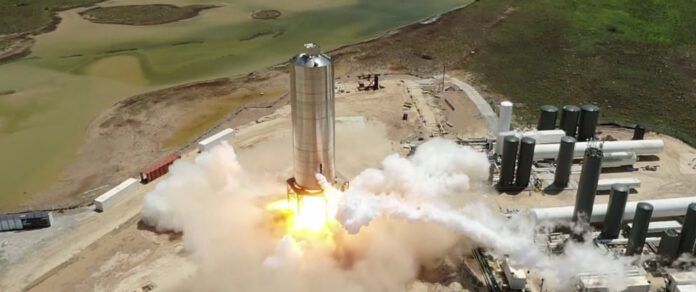The selection of the Rio Grande Valley as a site for development and launches of SpaceX rockets has always been celebrated as a boon for the area. Some people have raised concerns about the loss of prime fishing spots and possible environmental effects, valid input that reminds us all to monitor the operations and insist on the highest precautions to ensure the greatest safety and least environmental disruption possible.
So far, those concerns have largely been addressed, and the news seems to get even better from the Valley’s involvement with arguably the world’s best-known private space company, a $2 billion-a-year company that is bringing revenue, attention and opportunity to the area.
And it appears that the future could be even brighter than originally predicted.
The Boca Chica Beach facility has been one of the primary sites for development of SpaceX’s Starship program, which promises to utilize the world’s most powerful rockets for long-range space missions, including possible manned trips to Mars and other extraterrestrial locations. The company already conducted a test launch of its massive SN8 rocket on Dec. 9. Although the ship was destroyed when the ship descended back to earth too fast, SpaceX considers the test a success.
Greater activity is promised at the local facility, as SpaceX CEO Elon Musk has started divesting from California, with its high regulation and taxation, and moving more of his operations to Texas — including other Musk enterprises including Tesla electric cars and his proposed Hyperloop high-speed subway systems. He shut down a Starship development site in southern California in 2019, increasing its presence at Boca Chica.
That increase likely will mean more, and more spectacular, rocket launches in South Texas. The Federal Aviation Administration is reviewing a SpaceX request for expanded launches here, including orbital flights. These go beyond current permits.
The FAA will conduct a new environmental review in response to the request, as well as determine the socioeconomic impact as well as risks of risks of hazardous materials on site and effects of the operations on local air quality. Starship rockets will be powered by liquid methane rather than the refined petroleum used in Falcon rockets that were the subject of the 2014 environmental impact study, rendering that study outdated.
Expanded activity will only benefit the Valley, where Musk already has formed partnerships with local colleges, high schools and even middle schools to prepare Valley students for a future in space exploration. Permits for orbital flights also could lead to commercial launches from Boca Chica. While the Starship program is an attention grabber, the greatest economic benefit likely comes from frequent, routine SpaceX launches to deploy satellites and supply the International Space Station.
Could such launches be in the Valley’s future? We don’t know, but it’s obvious that this area is becoming a growing part of SpaceX’s operations, raising hopes for even greater success in the future.





